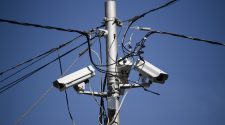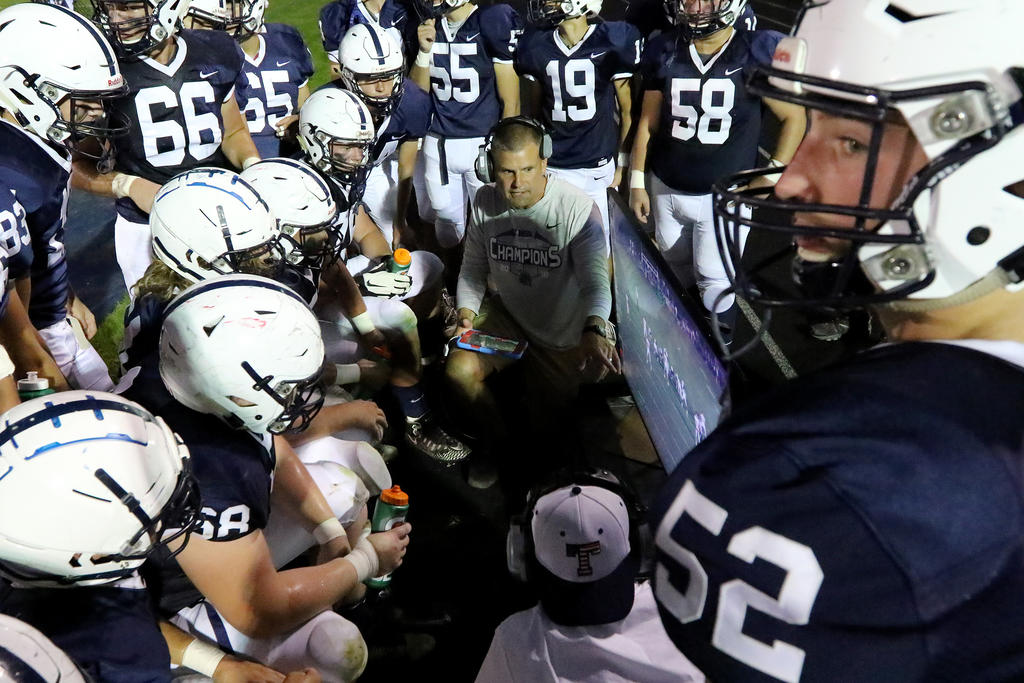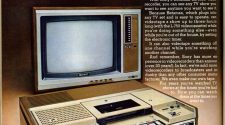The Huntley defense came through with a third-down stop against Cary-Grove and celebrated as it headed toward the sideline.
The hoots and hollers had faded by the time the defenders reached the sidelines. Only a few high fives remained as they quickly walked past their teammates and grabbed a seat on the bench in front of a flat-screen TV, where an assistant coach was already cycling through film from the prior series.
“Who is that?” defensive coordinator Paul Reinke asked while pointing to the right side of Huntley’s defense on the TV.
“That’s me,” lineman Conor Rice quickly responded.
“You’ve got to get under that,” Reinke replied.
The use of replay systems in high school football has rapidly expanded through the last half decade after the National Federation of High Schools removed filming restrictions prior to the 2015 season.
Almost immediately schools began to look for ways to implement the new technology and companies – Hudl Sideline is one of the mostly commonly used – started to market replay systems to football programs.
The concept is simple: teams set up a video camera along the sideline – typically on top of the press box. Some teams set up an additional camera behind the end zone. An assistant coach catalogs each play, which is sent to a laptop and then immediately shared with the sideline via a local area network (schools quickly learned to bring their own wireless router instead of relying on a host’s WIFI or a wireless provider’s network.)
Early on, coaches and players used tablets to view the footage, but Huntley coach Matt Zimolzak said it wasn’t long before coaches started to search for ways to get the information to more players.
“We eventually got to the point where instead of showing individual kids what was going on with the iPad on the sideline, we decided why don’t we get a TV down here?” he said. “We can make it bigger and be able to show more than one person.”
The setup varies with each team and whether they’re at home or on the road. There’s typically a gas generator involved. Cary-Grove and Huntley each have a TV mounted to a wagon. Glenbard West sets up two TVs on its sideline.
In every situation you can find an assistant coach with a tablet connected to the TV awaiting his players as they jog off the field.
South Elgin coach Dragan Teonic called the sideline technology “unbelievably vital” and said it’s one of the keys to why the Storm, who have outscored their opponents 376-7 through seven weeks, have had so much success this year.
“We run some option football,” Teonic said. “Everybody defends us slightly different than what they’ve done in the past, so it makes game planning almost impossible. Almost all of your adjustments have to be made on the sideline on Friday nights.”
Teonic said the replay film is crucial every week, but he recalled last year’s game against Glenbard South as an example of how the technology can change a game.
“They defended us in a unique way,” he said. “They had one adjustment to almost all of our formations that it took us awhile to figure out. Once we were able to figure it out, we ran for 260-something yards and were able to score a lot of points and win the game. That was huge. Without the sideline technology I don’t know if we make that adjustment.”
South Elgin runs its option offense out of the pistol formation. Cary-Grove runs its triple-option offense with the quarterback under center. In both cases, the offense’s goal is to set up a numerical mismatch and make it as difficult as possible for defenses to identify which running back is the ball carrier.
Option offenses, maybe more than any other, rely on players to make quick decisions. Having instant film – especially from the end zone camera for option offenses – can mean the ability to immediately fix mistakes.
“In the old days when you had no film, you could not find out until Saturday morning that your kids had a different sense of the reality of the game,” Cary-Grove coach Brad Seaburg said. “So the next morning you would come and say ‘Man, this guy told me he was blocking his man the entire game, and he was really blocking the wrong guy.’
“It’s like everything in society now. It’s an immediate answer for us throughout the game.”
Cary-Grove uses sideline and end zone views throughout the game, and even has the added benefit during home games of using two LCD projectors in its alumni building. The offense uses one screen, while the defense reviews film on the other.
The two TVs Glenbard West set up each game allow the Hilltoppers to view film from the sideline camera and end zone camera simultaneously, coach Chad Hetlet said.
“For the defensive line and offensive line, the sideline view doesn’t really do anything for them,” Hetlet said. “It doesn’t help them see the angles, where somebody is lined up or where things are kind of hitting. For the inside linebackers, for the o-line and d-line, they’ll sit down and watch the end zone copy while the perimeter kids will watch the wide copy.”
Some programs, such as Glenbard West, are working to ensure their players become “visual learners,” working with coaches to read film and identify mistakes or adjustments.
That starts with a considerable amount of film work during the summer, and the Hilltoppers watch the previous day’s practice before each practice. Hetlet said his team also doesn’t spend time watching the previous game together. Starters grade their own film, and backups grade the film of the players in front of them.
The hope is that it all adds up to players being able to help make adjustments while in front of the TVs on Friday nights.
Of course, utilizing the technology doesn’t mean teams are guaranteed wins.
“It definitely helps, but it’s like anything,” Seaburg said. “It comes down to the kids executing what you want to do.”
















